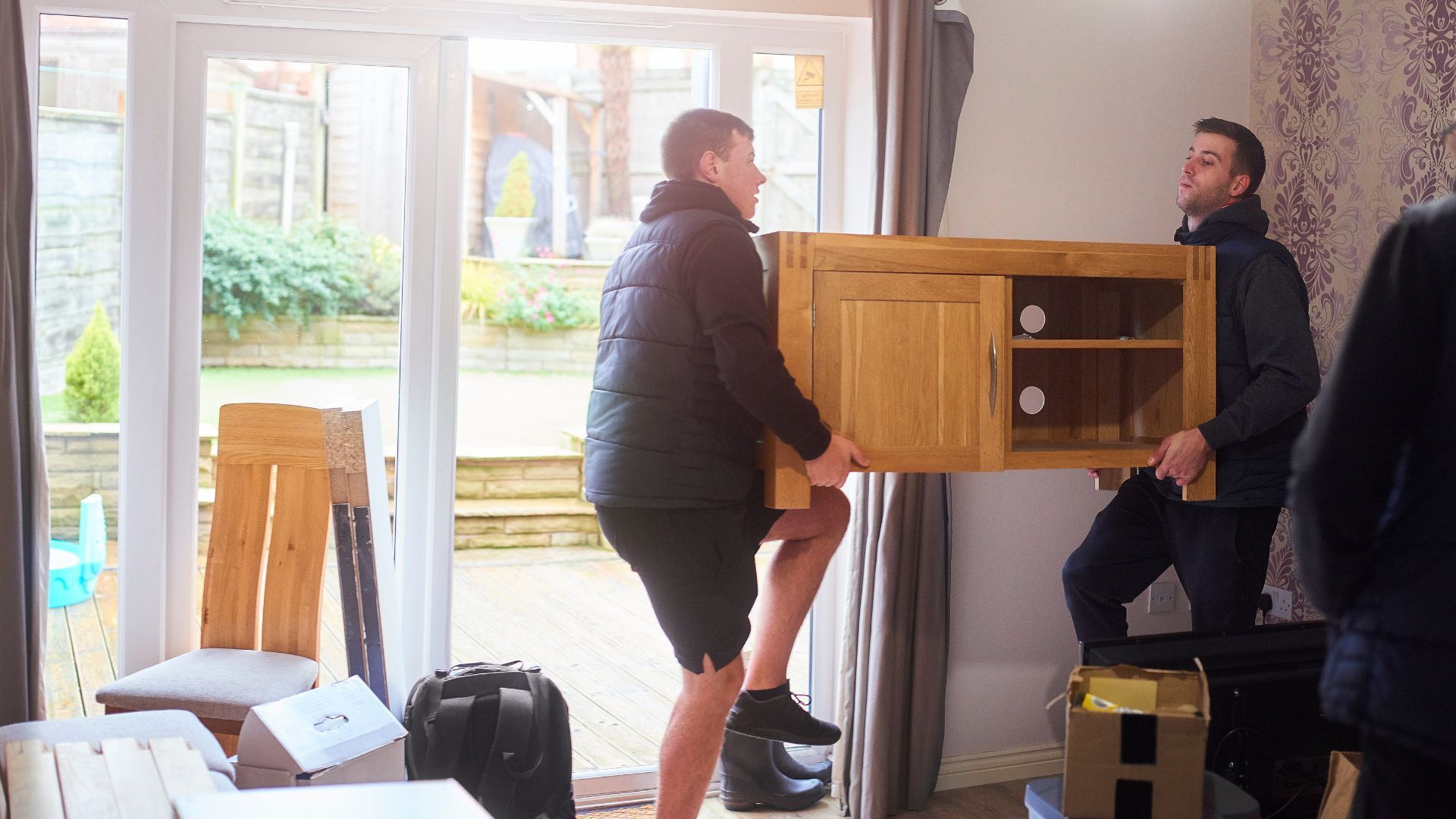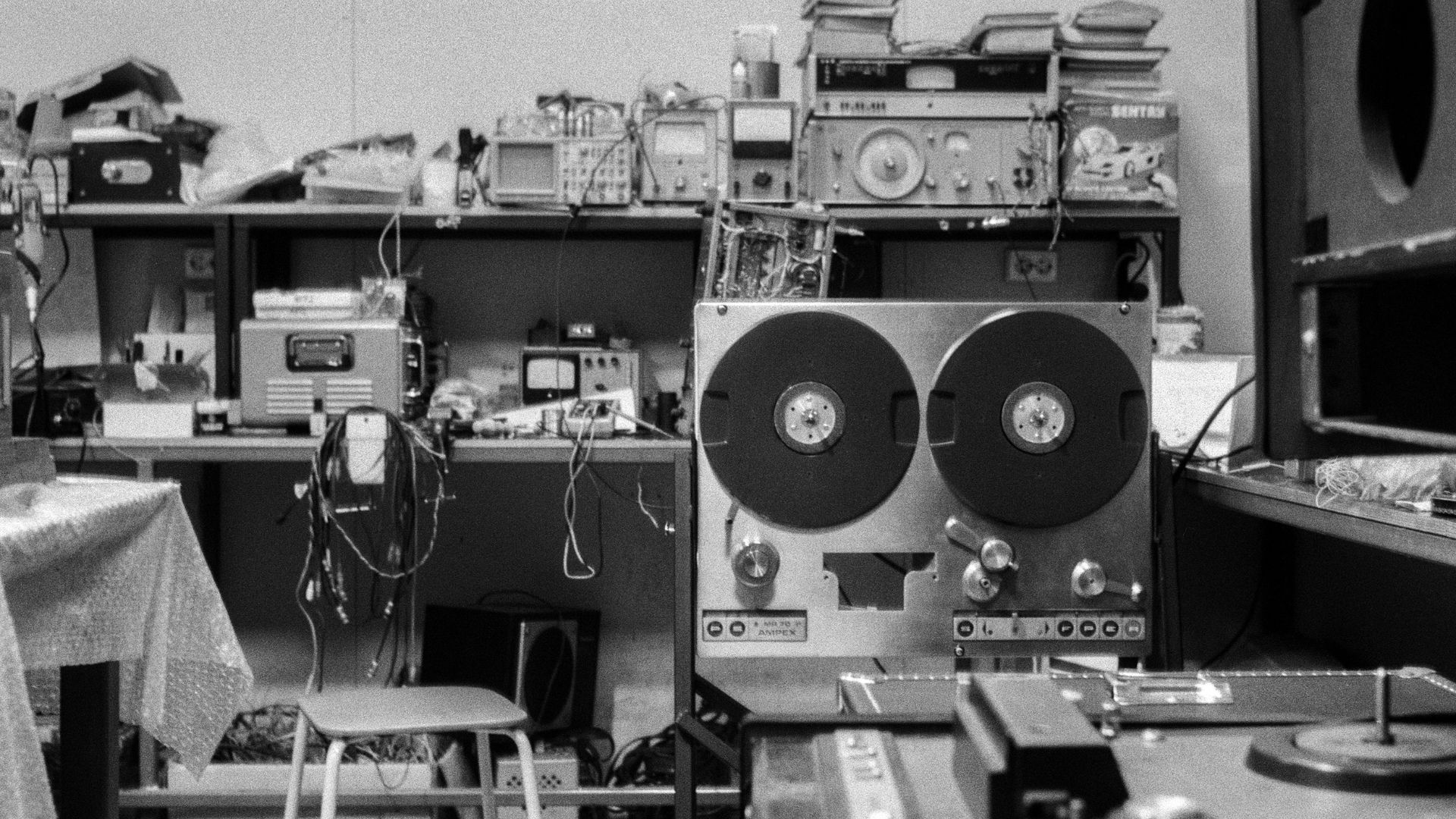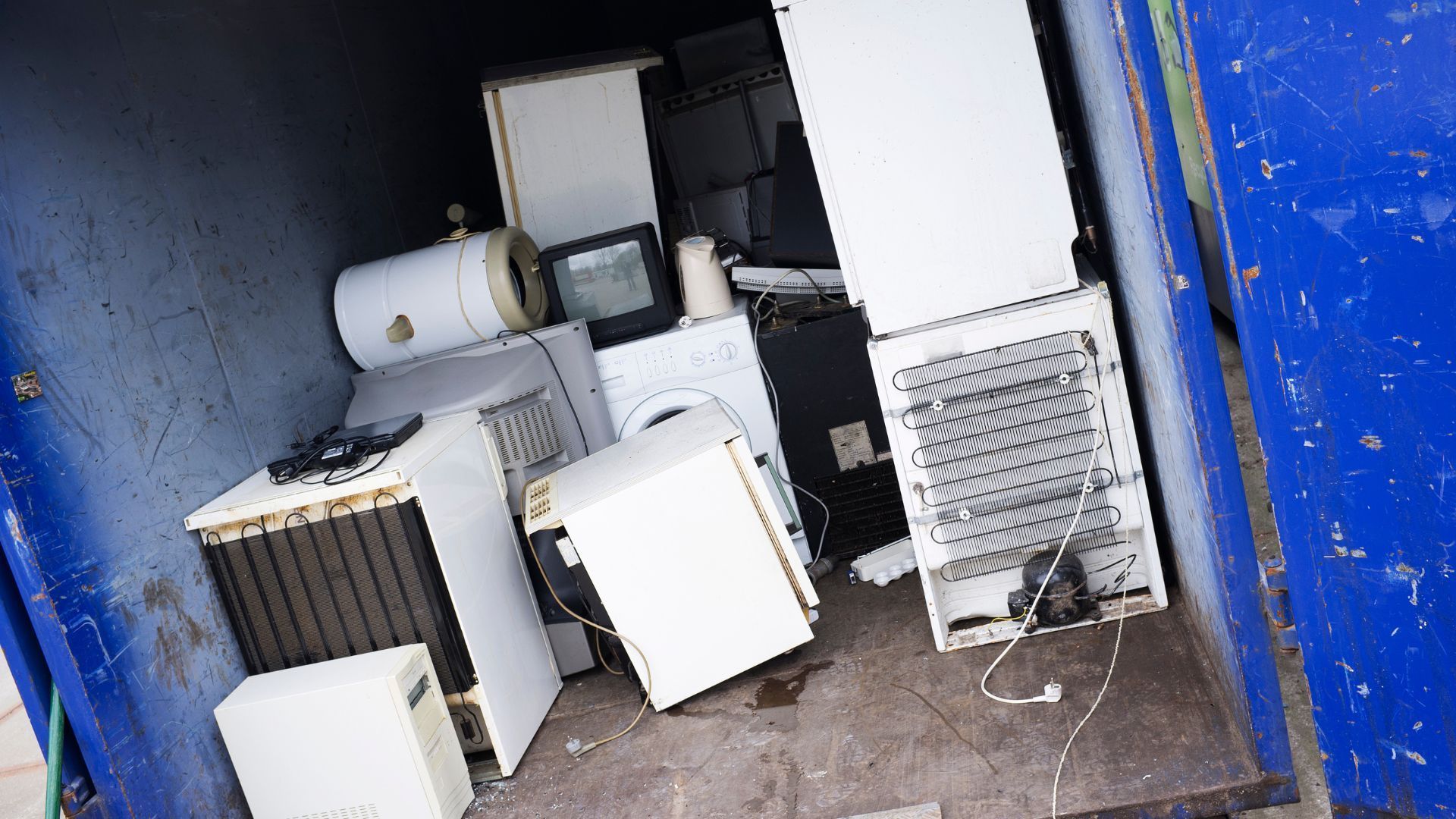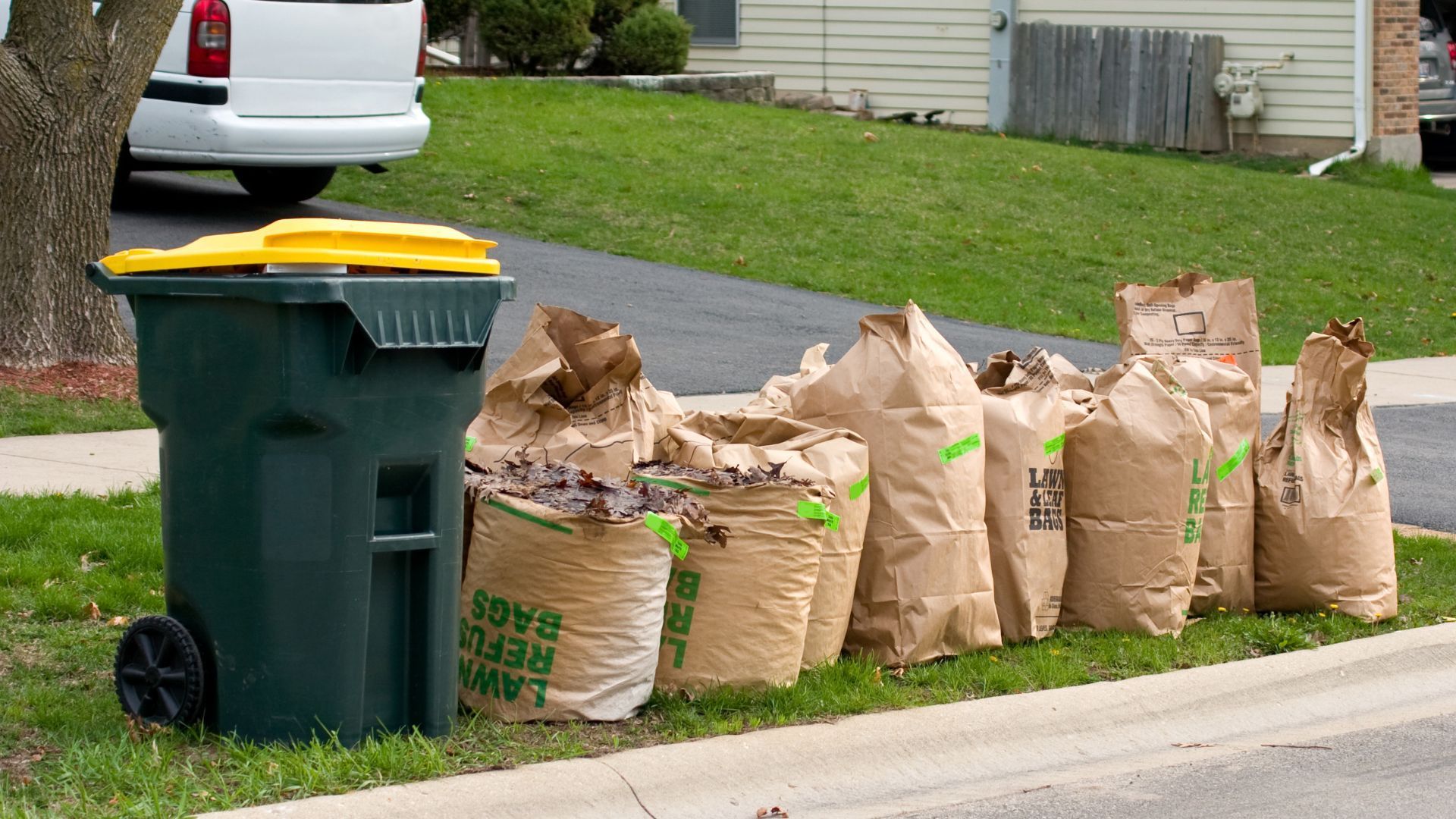Furniture Removal: How to Make It Easier for You
Removing old furniture can feel like one of those tasks you keep putting off, not because you want to hold on to that sagging couch or wobbly table, but because the process seems overwhelming. Between the physical effort of hauling heavy pieces, figuring out disposal rules, and coordinating transportation, the whole idea can quickly become daunting. Many people delay furniture removal until it becomes necessary, leaving unused items to clutter spaces that could be better utilized.
Yet, when approached with a smart plan, removing furniture doesn’t have to drain your energy or your patience. By breaking the task into manageable steps and exploring both professional services and personal strategies, you can transform furniture removal into a straightforward process. With preparation, timing, and the right assistance, clearing space becomes not only easier but also surprisingly satisfying.
Why Planning Makes Removal Less Stressful
Planning is often the difference between a chaotic removal and a smooth one. Taking time to measure doorways, hallways, and staircases ensures large furniture pieces can be maneuvered without damaging walls or floors. This step also prevents the dreaded situation of getting a sofa halfway stuck in a doorway, wasting both time and energy. Creating a checklist can keep everything on track, from deciding what needs to be moved to arranging transportation or disposal options.
Having a clear timeline reduces stress as well. Knowing when friends or professional help will arrive, and aligning it with donation centers or recycling hours, keeps the day organized. Planning doesn’t need to complicate things—it simply helps avoid surprises and delays. With the right preparation, the job feels less rushed, allowing you to stay focused and efficient.
How Breaking Down Furniture Can Simplify The Process
Large furniture pieces are often intimidating, but breaking them down into smaller components makes the process far less overwhelming. Detaching legs from tables, removing drawers from dressers, or separating cushions from couches instantly reduces the bulk and weight of each piece. Suddenly, what seemed like an impossible job becomes manageable, since smaller parts are easier to maneuver around corners and carry outdoors.
This method also minimizes the risk of damaging walls, floors, and door frames. Narrow hallways and tight staircases are less of a challenge when bulky items are reduced in size. Even if you hire professionals, doing some disassembly beforehand can save time and potentially reduce costs. With a little effort and basic tools, breaking down furniture into manageable sections ensures the project feels lighter, safer, and more efficient from beginning to end.

Why Timing Your Furniture Removal Can Make A Difference
Timing plays a surprisingly important role in making furniture removal easier. Choosing a mild, dry day makes hauling items outdoors less strenuous and avoids complications like slippery ground or overheating. Morning hours are often best because you’ll have more energy and natural light, reducing the stress of working late into the evening. Planning with weather in mind ensures that conditions support the effort instead of adding to it.
Timing also involves syncing with outside services such as donation centers or recycling facilities. Many have limited operating hours, so knowing their schedules avoids last-minute frustration. Aligning with your own calendar is just as critical—pick a time when you’re not rushed or juggling other responsibilities. By thinking carefully about timing, you can make the removal smoother, safer, and more efficient, ensuring the entire process flows without unnecessary obstacles or delays.
How Donation And Recycling Create Purpose In Removal
Furniture removal doesn’t always mean sending everything to the landfill. Donation centers and recycling programs give furniture a chance at a second life, either by being used by another family or broken down into reusable materials. A gently used sofa or sturdy dining table may find a new home, while broken items can be salvaged for wood, metal, or fabric. This not only reduces waste but adds purpose to the effort.
Making arrangements ahead of time with local organizations simplifies logistics. Some charities and nonprofits even offer pickup services, which eliminates the hassle of transport. Knowing your items are going toward a good cause or being repurposed for sustainability creates a sense of accomplishment beyond just clearing out space.
Why Safety Precautions Are Essential During Furniture Removal
Safety is one of the most critical parts of furniture removal. Lifting improperly or attempting to move oversized pieces without the right technique can easily result in injuries like back strain or twisted joints. Simple precautions—such as using lifting straps, gloves, or a dolly—can transform the process into something much safer and less physically taxing. Even footwear makes a difference, providing stability when navigating stairs or uneven surfaces.
Protecting your home is just as important as protecting yourself. Using corner protectors, blankets, or pads prevents scratches and dents to walls, doors, and floors. Planning routes before you start moving ensures smoother navigation and reduces the chance of accidents mid-task. Taking these extra steps might feel like added work, but in reality, they save time and stress.
How Professional Services Streamline The Entire Process
Hiring professional furniture removal services often transforms what feels like a backbreaking task into a stress-free experience. Trained crews come prepared with the manpower, tools, and vehicles needed to handle large or awkward pieces with ease. What might take you an entire day of lifting and maneuvering can be completed in a fraction of the time by experienced hands. Their skill also means fewer chances of damage to your home during the process.
Beyond just moving items, many professional teams handle disposal, recycling, or donation on your behalf. This saves you multiple trips to donation centers or landfills and spares you the headache of figuring out where everything goes. Instead of coordinating transportation, equipment, and extra help, everything is covered under one service.
Why Having Help From Friends Or Family Can Ease The Load
Sometimes, the simplest solution to furniture removal is asking friends or family for help. Having extra hands makes lifting safer, moving faster, and the overall task less exhausting. It also provides different perspectives when deciding whether to keep, donate, or discard certain items. When responsibilities are shared, the process becomes less daunting and more balanced.
The presence of others also turns what could feel like a stressful day into a more positive experience. Working together often brings conversation, laughter, and a sense of camaraderie that lightens the load in more ways than one. Assigning specific tasks—like dismantling, carrying, or packing—helps keep things organized. While it requires coordination and clear communication, involving family or friends can transform furniture removal from a solitary, draining job into a team effort that feels both manageable and rewarding.
How Decluttering Before Removal Simplifies The Job
Clutter often makes furniture removal more complicated than it needs to be. Clearing pathways and removing smaller items from the surrounding area ensures safer, easier navigation when moving large pieces. Even something as simple as rolling up rugs or shifting boxes out of the way reduces tripping hazards and creates more space to maneuver.
Decluttering also helps you evaluate what you really want to keep. Often, items stored near large furniture pieces are no longer useful either. Taking time to sort through these smaller belongings before removal prevents you from carrying unnecessary clutter into your newly organized space. This step not only makes the physical task easier but also creates a sense of mental clarity.
Why Renting The Right Equipment Makes A Difference
The right equipment can dramatically change the furniture removal experience. Tools such as dollies, sliders, and moving straps reduce the physical strain of carrying heavy objects. Instead of relying on sheer strength, these tools provide leverage and stability, making it safer to maneuver bulky items through doorways or down staircases. Protective gear like gloves and pads adds another layer of safety for both you and your home.
Renting equipment is often affordable and eliminates the need to buy costly tools you’ll rarely use again. For those without access to large vehicles, truck rentals can also solve transportation challenges. These resources transform an otherwise difficult task into something efficient and manageable. By equipping yourself properly, you minimize risks, save energy, and make the process less stressful overall. Tools turn furniture removal from a dreaded job into a task that feels well within reach.
How An Organization Keeps The Process On Track
The organization acts as the anchor that holds the entire removal process together. Sorting items into categories—such as donate, recycle, keep, or discard—prevents confusion and helps you stay focused. Labeling and grouping items creates a clear roadmap, ensuring nothing gets overlooked in the rush of moving heavy pieces. Without organization, furniture removal can quickly feel scattered and overwhelming.
An organized approach also extends beyond the removal itself. Having clear piles or zones makes donation drop-offs and recycling much easier, as everything is already separated and ready to go. Even when working with professionals, organized preparation ensures they understand your preferences and can handle items accordingly. Staying organized may take a little extra time at the start, but it saves far more later on. By keeping the process structured, you ensure that every step moves smoothly from beginning to end.
Conclusion
Furniture removal doesn’t have to be overwhelming when approached with thoughtful preparation and the right strategies. By planning, breaking items down, using safe practices, and considering options like donation or recycling, the process becomes far more manageable. Whether you choose to rely on professional services, enlist friends and family, or take a hands-on approach with proper tools, the key lies in creating a method that fits your schedule and comfort.
For those seeking expert help, Freedom Junk Removal provides efficient, stress-free solutions. Located in Pinellas Park, FL, they handle everything from hauling to disposal with professionalism and care. You can reach them by phone at (727) 295-2143 or email at info@freedomjunkremoval.net for assistance with your next furniture removal project.





